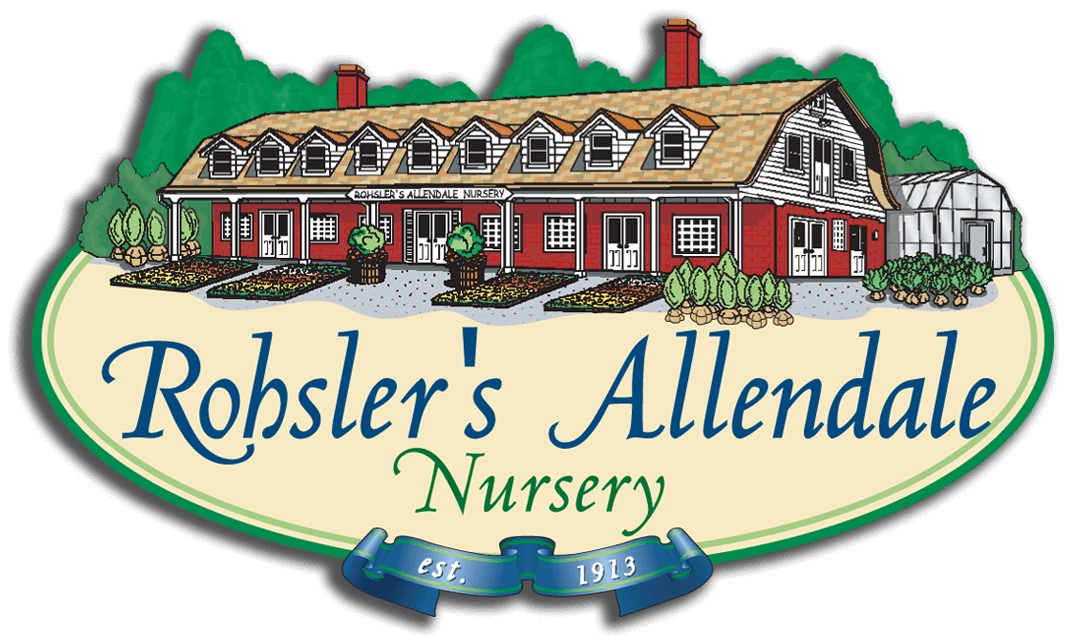Native Gardening
Growing a native plant garden offers numerous benefits for the environment, local wildlife and the gardener. They help sustain biodiversity and maintain healthy ecosystems.
Native plants provide food, shelter, and breeding grounds for local wildlife, including birds, insects, and mammals. They are essential for local pollinators like bees, butterflies, and hummingbirds. These pollinators, in turn, play a critical role in the reproduction of many plants, including crops.
A few examples of native plants include:
- Anise Hyssop
- Milkweed
- Blue Wild Indigo
- Coneflower
- Wild Geranium
- Swamp Mallow
- Blue Flag Iris
- Bee Balm
- Mountain Mint
- Blazing Star
- New England Aster
- Cardinal Flower
- Phlox
- Golden Alexander
- Goldenrod
- Black-eyed Susan
- Joe Pye Weed
- Ironweed
- Multiple types ferns, sedges and ornamental grasses
Step into the world of native gardens with Eric Rohsler
“Right plant; right place” is our philosophy and key to success
Perks of Native gardening
Native plants are naturally adapted to the local climate, soil, weather conditions and typically are more resistant to diseases. They have deep root systems that help improve soil structure, prevent erosion, and increase the soil’s ability to retain water and nutrients. This makes them more resilient and less demanding in terms of maintenance, saving time and effort for gardeners. With less need for watering, fertilizers, and pesticides, native plant gardens are often more sustainable and cost-effective to maintain.
By growing a native plant garden, you contribute to the health and sustainability of your local environment while enjoying a beautiful and ecologically beneficial garden.
